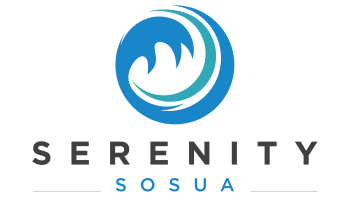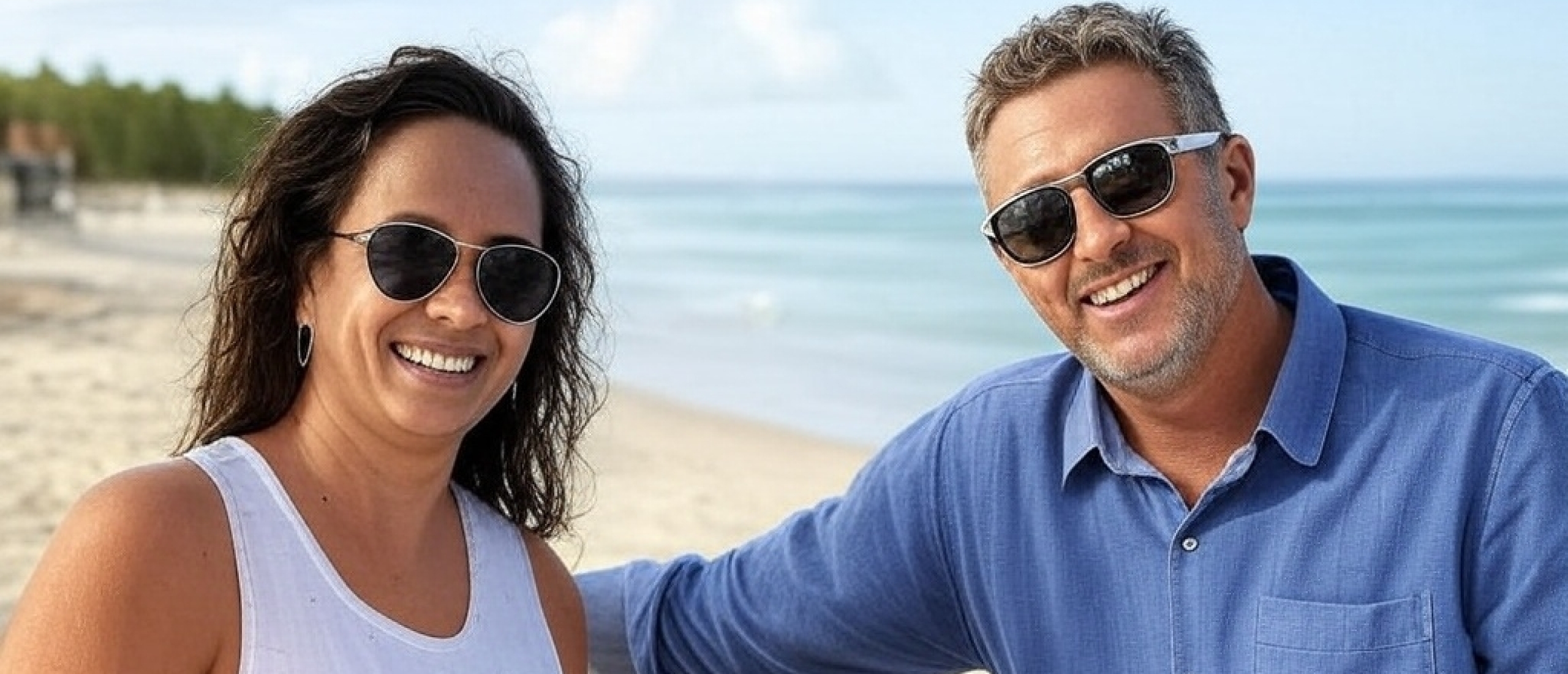The Dominican Republic has become a hotspot for North American real estate investors, offering affordable properties, a thriving tourism market, and a laid-back Caribbean lifestyle.
For US and Canadian buyers, the appeal is clear: lower costs than the real estate markets back home, tax incentives, and the chance to own a slice of paradise.
However, investing here comes with unique challenges—like navigating an unfamiliar legal system, cultural differences, and logistical hurdles. To help you make a smart, stress-free investment, here are three essential tips to guide you through the process.
1. Prioritize Title Due Diligence with Local Expertise
One of the biggest risks for foreign buyers in the Dominican Republic is unclear property titles. Unlike the US or Canada, where title insurance is standard, the Dominican system relies heavily on historical records that can be incomplete or disputed. Horror stories of properties sold by fraudulent owners or hidden liens surfacing after purchase aren’t uncommon if corners are cut.
Tip: Hire a reputable local attorney who specializes in real estate to conduct a thorough title search. They’ll verify ownership, check for encumbrances, and ensure the property’s "Deslinde" (a legal survey process) is complete. This step might add a few weeks and a small fee to your timeline, but it’s your best defense against losing your investment. Bonus: ask your lawyer about setting up a Dominican corporation for your purchase—it can simplify taxes and inheritance planning, a perk many North Americans overlook.
2. Embrace the Local Process—and Patience
The pace of life in the Dominican Republic is famously relaxed, and that extends to the buying process. Real estate transactions here don’t follow the streamlined, agent-driven model you’re used to in North America. Agents aren’t required to be licensed, escrow isn’t always standard, and construction or permit approvals can stretch beyond promised deadlines. Add language barriers (Spanish dominates legal and government dealings) and a 3% transfer tax, and it’s easy to feel out of your depth.
Tip: Build a trusted local team—think a bilingual real estate agent with a proven track record, a notary, and a translator if needed. Set realistic expectations: a condo purchase might take 30-90 days, while a custom villa could stretch longer if permits or utilities are involved. Lean into the slower rhythm rather than fighting it; rushing can lead to costly oversights. Pro tip: budget an extra 5-10% for closing costs and unexpected delays to keep stress levels low.
3. Location Matters—Balance Opportunity with Practicality
The Dominican Republic’s appeal lies in its diversity: bustling Santo Domingo, tourist-packed Punta Cana, and quieter gems like Sosúa. Each area offers unique investment potential, but North American buyers often underestimate practical factors like infrastructure and natural risks. Hurricanes, while less frequent on the north coast, are a reality, and spotty internet or power in rural spots can derail rental plans.
Tip: Match your investment to your goals and lifestyle. For rental income, focus on tourist hubs like Puerto Plata area (Sosua and Cabarete), where demand is high and infrastructure (airports, roads, utilities) is reliable. Also don't forget to test-drive the roads, check cell service, and scope out storm resilience. Ask locals about flood zones and insist on properties built to modern standards—reinforced concrete beats charm alone in hurricane season.
Why It’s Worth It
Yes, investing in the Dominican Republic requires more legwork than buying a condo in Florida or Ontario.
But the rewards—a $200,000 condo, rental yields of 6-10% in tourist zones make it a compelling option for US and Canadian buyers.
The key is preparation: lean on local experts, embrace the process, and pick your spot wisely.
With these three tips in your toolkit, you’re well on your way to turning Caribbean dreams into a profitable reality!



